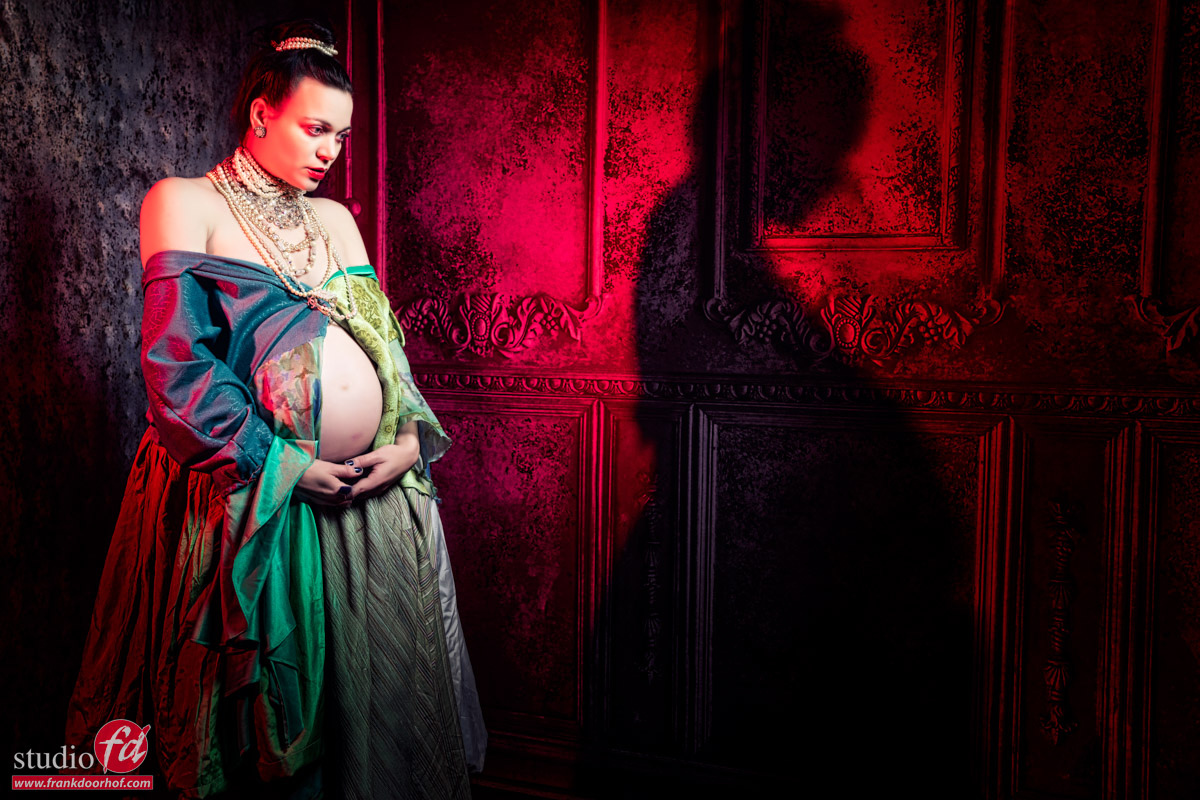Working with the optical spot from Westcott to create stunning images
Creative light shapers are awesome
When you want to create something different than the standard photo there are a lot of options.
You can add some props, add a nice backdrop, maybe add some smoke and accent lights etc.
But something that will really spice up your shoot is without a doubt an Gobo projector, or optical spot.
In this video tutorial I’m using the Westcott Lindsay Adler optical spot for three completely different sets with our model Lois.
You get to see the lighting setups, all the photos I shoot and of course the technique is explained in depth.
As an extra bonus I also demonstrate the Rogue (Frank Doorhof) Flashbender.
Digital classroom is made possible by :
BenQ
Rogue
Cascable
Calibrite





You must be logged in to post a comment.